
News Directory
Roller Bearing Lifespan: How Long Do They Last?
1. Introduction
Roller bearings are a cornerstone of modern machinery. They are precision-engineered components that utilize rolling elements, such as cylinders, needles, or cones, to reduce friction between moving parts. This allows for smooth, efficient, and reliable rotation in a vast array of applications, from the wheels of a car to the massive rotors of a wind turbine. Without them, most of the machines we rely on daily would be far less efficient and would wear out much faster.
The lifespan of a roller bearing is a critical factor in the design and maintenance of any machine. It directly impacts reliability, performance, and operational costs. However, a bearing's lifespan is not a fixed value; it is a complex, statistical estimate influenced by numerous variables. This article is designed to explore these factors, explain how a bearing's life is calculated, and provide essential guidance on how to extend the service life of your roller bearings for optimal performance and long-term reliability.
Table: Common Roller Bearing Types and Their Primary Use Cases
| Bearing Type | Rolling Element Shape | Primary Load Type | Common Applications |
|---|---|---|---|
| Cylindrical Roller Bearing | Cylinders | High Radial Loads | Gearboxes, electric motors, pumps |
| Spherical Roller Bearing | Barrel-shaped Rollers | Heavy Radial & Axial Loads, Misalignment | Wind turbines, crushers, mining equipment |
| Tapered Roller Bearing | Cones | High Radial & Axial Loads | Automotive wheels, industrial machines, gear drives |
| Needle Roller Bearing | Long, Thin Cylinders | High Radial Loads in Confined Space | Automotive components, compressors, power tools |
2. What Is the Typical Lifespan of a Roller Bearing?
The lifespan of a roller bearing is not a single, fixed number but a statistical estimate. It's based on the probability of a bearing completing a certain number of revolutions under a specific set of conditions before experiencing fatigue failure. This concept is best understood through the term L10 life, also known as B10 life.
The L10 life is defined as the number of revolutions or operating hours that 90% of a large group of identical bearings will achieve or exceed under the same operating conditions before the first signs of material fatigue appear. This means that 10% of the bearings are expected to fail before reaching this point. It serves as the industry standard for rating bearing life and is a critical benchmark for engineers when selecting the right bearing for an application.
| Life Term | Definition | Reliability |
|---|---|---|
| L10 / B10 Life | The life at which 10% of a group of bearings will fail due to material fatigue. | 90% |
| L50 Life | The median life at which 50% of a group of bearings will fail. | 50% |
Understanding this statistical nature is key. A bearing that is said to have an L10 life of 20,000 hours doesn't mean it will fail exactly at that time; it means that there is a 90% chance it will last at least that long. Other factors, like proper lubrication and maintenance, can extend its actual service life far beyond the calculated L10 value.
3. Factors Affecting Roller Bearing Lifespan
The lifespan of a roller bearing is not determined by its design alone; it's a dynamic variable heavily influenced by the conditions in which it operates. Understanding these factors is crucial for predicting a bearing's performance and preventing premature failure.
Load
The most significant factor is the load applied to the bearing. A bearing's life is inversely proportional to the load it carries. An increase in load, whether radial (perpendicular to the shaft) or axial (parallel to the shaft), dramatically shortens its lifespan. This is because higher loads lead to increased stress on the rolling elements and raceways, accelerating material fatigue.
Speed
Operating speed also plays a critical role. Higher speeds can increase the operating temperature of the bearing, which can break down the lubricant and compromise its effectiveness. In turn, poor lubrication leads to increased friction and wear.
Lubrication
Proper lubrication is arguably the most vital factor in extending bearing life. The lubricant forms a thin film that prevents direct metal-on-metal contact, thereby reducing friction, wear, and heat generation. Using the wrong type, insufficient quantity, or degraded lubricant can lead to rapid failure.
Contamination
Contaminants like dirt, dust, water, or metal particles are a leading cause of bearing failure. Even microscopic particles can act as abrasives, causing pits and dents on the precision-machined surfaces of the rolling elements and raceways. This damage creates stress points, leading to early fatigue failure.
Temperature
Extreme temperatures, both high and low, can significantly impact a bearing's lifespan. Excessive heat can degrade the lubricant, while very low temperatures can cause it to become too thick, leading to poor circulation and increased friction. High temperatures can also alter the material properties of the bearing components themselves.
Material and Manufacturing Quality
The quality of the steel and the precision of the manufacturing process are fundamental. High-grade materials and rigorous quality control result in bearings with superior hardness, fatigue resistance, and dimensional accuracy, all of which contribute to a longer life.
Mounting and Installation
Improper installation is a common cause of premature bearing failure. Using excessive force, misaligning the bearing on the shaft or in its housing, or failing to use the correct tools can cause immediate damage and lead to uneven load distribution.
Operating Conditions
Other environmental factors, such as vibration, shock loads, or extreme humidity, can also reduce a bearing's lifespan. These conditions can disrupt the lubricant film, cause physical damage, or introduce contaminants.
Table: Summary of Lifespan Factors
| Factor | Effect on Lifespan | Impact Level |
|---|---|---|
| Load | Higher load shortens life | High |
| Speed | Higher speed can shorten life through heat and lubricant degradation | High |
| Lubrication | Critical for wear prevention; improper lubrication leads to rapid failure | Very High |
| Contamination | Acts as an abrasive, causing surface damage and early fatigue | Very High |
| Temperature | Extreme temperatures (hot or cold) degrade lubricant and material | High |
| Installation | Improper mounting can cause immediate damage and misalignment issues | High |
| Material Quality | Poor material or manufacturing leads to lower fatigue resistance | High |
| Environmental | Vibration and shock loads can disrupt performance and cause damage | Medium to High |
4. How to Calculate Roller Bearing Lifespan
Calculating the lifespan of a roller bearing is a key step in machine design, as it helps engineers predict performance and plan for maintenance. The industry standard calculation is based on the L10 life formula, which relates the bearing's load capacity to the actual loads it will experience in operation.
The Basic Bearing Life Equation
The fundamental equation for calculating bearing life is used to determine the number of revolutions a bearing can withstand before reaching its L10 life. This formula considers two primary values: the bearing's basic dynamic load rating ($C$) and the equivalent dynamic bearing load ($P$).
-
Basic Dynamic Load Rating ($C$): This is a theoretical value provided by the bearing manufacturer in their catalogs. It represents the constant radial load that a group of bearings can endure for one million revolutions with 90% reliability. This value is a crucial measure of a bearing's inherent strength and fatigue resistance.
-
Equivalent Dynamic Bearing Load ($P$): This value is calculated by the engineer to represent the constant radial load that would have the same damaging effect on the bearing as the actual combination of radial and axial loads it experiences in its application. It takes into account both the magnitude and direction of the forces applied to the bearing.
The relationship between these two values determines the bearing's expected L10 lifespan.
Advanced Calculation Methods
While the basic equation provides a strong foundation, modern engineering often uses more advanced methods to get a more accurate lifespan estimate. These methods typically involve sophisticated software and online tools that can account for a wider range of variables, including:
- Varying Loads and Speeds: Applications where the load and speed change over time.
- Temperature Variations: Fluctuations in operating temperature that affect lubrication and material properties.
- Contamination Factors: The impact of dirt or other contaminants on bearing life.
- Lubrication Conditions: The effect of the type, viscosity, and quantity of lubricant.
By using these advanced methods, engineers can get a much more realistic and reliable prediction of bearing lifespan, allowing for more precise maintenance planning and optimized machine design.
Table: Key Terms in Bearing Lifespan Calculation
| Term | Description | Source of Value |
|---|---|---|
| L10 Life | The calculated lifespan in millions of revolutions with 90% reliability. | Calculated from the basic life equation |
| Basic Dynamic Load Rating ($C$) | A measure of the bearing's inherent load-carrying capacity. | Provided in manufacturer catalogs |
| Equivalent Dynamic Bearing Load ($P$) | The constant radial load that has the same effect as the actual loads. | Calculated from application data |
| Life Exponent ($p$) | An exponent that varies by bearing type (e.g., roller or ball). | A standard constant value |
5. How to Extend Roller Bearing Lifespan
While the lifespan of a roller bearing is influenced by its design and operating load, there are many proactive measures you can take to significantly extend its service life. By focusing on maintenance and operational best practices, you can maximize your investment and reduce the risk of premature failure.
Proper Lubrication
Lubrication is the lifeblood of a roller bearing. The right lubricant prevents metal-on-metal contact, reducing friction and heat.
- Selecting the Correct Lubricant: Always use the type and grade of grease or oil recommended by the bearing manufacturer. The wrong lubricant can lead to rapid wear.
- Regular Lubrication Schedule: Implement a consistent schedule for relubrication. This ensures the lubricant remains clean and effective.
- Automatic Lubricators: Consider using automatic systems that provide a continuous, metered supply of lubricant, preventing the common problems of over- or under-lubrication.
Preventing Contamination
Contaminants are a top cause of bearing failure. Protecting the bearing from dirt, dust, and moisture is essential.
- Using Seals and Shields: Ensure your bearings are fitted with the appropriate seals or shields to prevent contaminants from entering the raceway.
- Implementing Filtration Systems: In systems that use oil, a robust filtration system can remove harmful particles before they cause damage.
- Maintaining a Clean Environment: Keep the work area and tools clean during installation and maintenance to avoid introducing contaminants.
Maintaining Proper Alignment
Misalignment of the shaft and housing can lead to uneven load distribution and excessive stress on the bearing.
- Ensuring Accurate Alignment: Use precision tools, such as laser alignment systems, to ensure the shaft and housing are perfectly aligned.
- Proper Installation: Never use a hammer or brute force to install a bearing. Always use a bearing press or a mounting tool to apply force evenly to the correct ring.
Controlling Temperature
Extreme temperatures can degrade the lubricant and damage the bearing's material.
- Using Cooling Systems: For high-speed or heavy-load applications, consider using cooling systems to keep the bearing's temperature within an acceptable range.
- Selecting the Right Bearing: Choose a bearing that is designed to handle the specific temperature range of your application.
Reducing Load
If possible, reduce the load on the bearing through design optimization.
- Optimizing Machine Design: Redesign components to minimize loads on the bearing, or use a bearing with a higher load rating if the application demands it.
Regular Inspection and Maintenance
Proactive monitoring can detect problems before they lead to catastrophic failure.
- Condition Monitoring: Use tools like vibration analysis or acoustic emission to monitor the bearing's health and detect early signs of wear.
- Regular Inspection: Visually inspect bearings and their housing for signs of damage, wear, or lubricant leakage during scheduled maintenance.
| Maintenance Practice | Purpose | Key Benefits |
|---|---|---|
| Lubrication | Reduces friction and prevents wear | Extends life, lowers energy consumption |
| Contamination Control | Protects surfaces from abrasive particles | Prevents premature fatigue failure |
| Alignment | Ensures even load distribution | Avoids uneven wear and early damage |
| Temperature Control | Maintains lubricant integrity and material properties | Reduces risk of thermal failure |
| Condition Monitoring | Detects issues before they become critical | Prevents catastrophic failure and unplanned downtime |
6. Case Studies (Optional)
To truly understand the impact of proper maintenance on roller bearing lifespan, it helps to look at real-world examples. These case studies highlight how applying the principles of proactive care can lead to significant improvements in performance and reliability.
Case Study 1: A Steel Mill Conveyor System
A large steel mill was experiencing frequent failures of the roller bearings on its main conveyor belt, which transports heavy iron ore. The bearings were rated for an L10 life of 15,000 hours, but they were failing every 6,000 to 8,000 hours, leading to costly unplanned downtime.
Problem: The operating environment was highly contaminated with dust and debris. The manual lubrication schedule was inconsistent, and traditional seals were not effective against the fine particles.
Solution: The mill's maintenance team switched to high-quality sealed roller bearings and installed an automated lubrication system that provided a consistent supply of clean grease. They also implemented a regular inspection schedule using vibration analysis to catch early signs of wear.
Result: The average lifespan of the bearings increased to over 20,000 hours. This resulted in a 60% reduction in bearing-related failures and a substantial decrease in maintenance costs and production downtime.
Case Study 2: A High-Speed Industrial Pump
An industrial facility was struggling with premature bearing failure in a high-speed pump used for fluid transfer. The bearings were failing within a few months of installation, despite being correctly specified for the load.
Problem: Investigation revealed that the high speed of the pump was generating excessive heat, causing the standard grease to break down and lose its lubricating properties. The temperature was exceeding the lubricant's operating range.
Solution: The maintenance team consulted with a lubrication expert and switched to a high-temperature, synthetic grease specifically designed for high-speed applications. They also installed a simple cooling fin system on the bearing housing to help dissipate heat.
Result: The new lubricant and temperature control measures led to a remarkable increase in bearing life. The bearings now consistently operate for over a year without issues, extending their lifespan by more than 300% and eliminating a major source of production interruptions.
| Case Study | Initial Problem | Solution Implemented | Outcome |
|---|---|---|---|
| Steel Mill | Contamination, inconsistent lubrication, premature failure | Improved seals, automated lubrication, vibration analysis | 60% reduction in bearing failures |
| Industrial Pump | High-speed heat buildup, lubricant breakdown, short lifespan | High-temperature synthetic grease, cooling system | 300%+ increase in bearing lifespan |
Conclusion
The lifespan of a roller bearing is not a fixed, predetermined number but a dynamic outcome influenced by a multitude of factors. While the basic life calculation provides a valuable theoretical benchmark (L10 life), the actual service life is highly dependent on how the bearing is selected, installed, and maintained.
The key takeaway is that you have significant control over a bearing's lifespan. By focusing on proactive maintenance and adhering to best practices—including proper lubrication, effective contamination control, and accurate installation—you can dramatically extend a bearing's life far beyond its calculated L10 rating.
Ultimately, maximizing roller bearing life is about shifting from a reactive "fix-it-when-it-breaks" approach to a proactive "prevent-it-from-breaking" strategy. This not only minimizes unplanned downtime and repair costs but also enhances the overall reliability and performance of your machinery. Investing in quality bearings and, more importantly, in their proper care, is a smart business decision that yields long-term returns.
| Key Factor | Impact on Lifespan | Actionable Step |
|---|---|---|
| Load & Speed | High loads and speeds shorten life | Use bearings with appropriate ratings |
| Lubrication | Critical for preventing wear and heat | Follow a strict, consistent lubrication schedule |
| Contamination | Major cause of premature failure | Use seals and maintain a clean environment |
| Installation | Improper mounting causes early damage | Use precision tools and techniques |



 English
English 中文简体
中文简体 عربى
عربى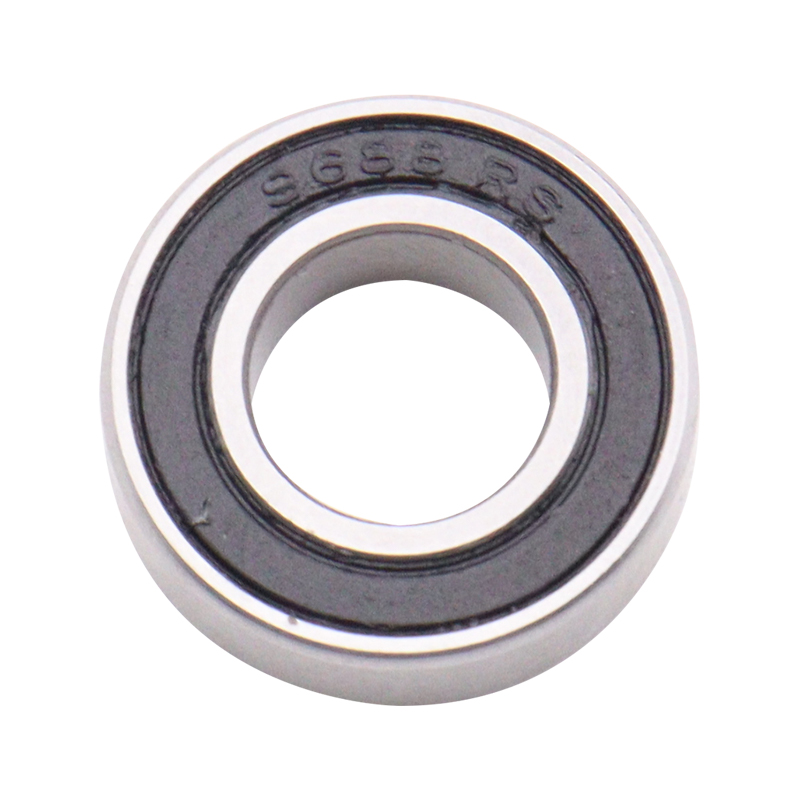
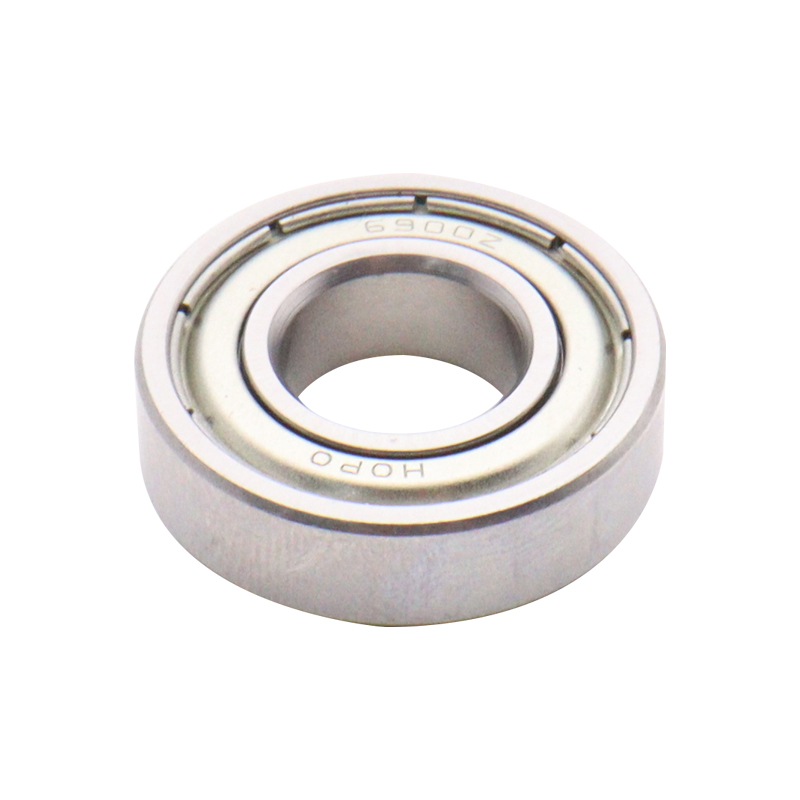
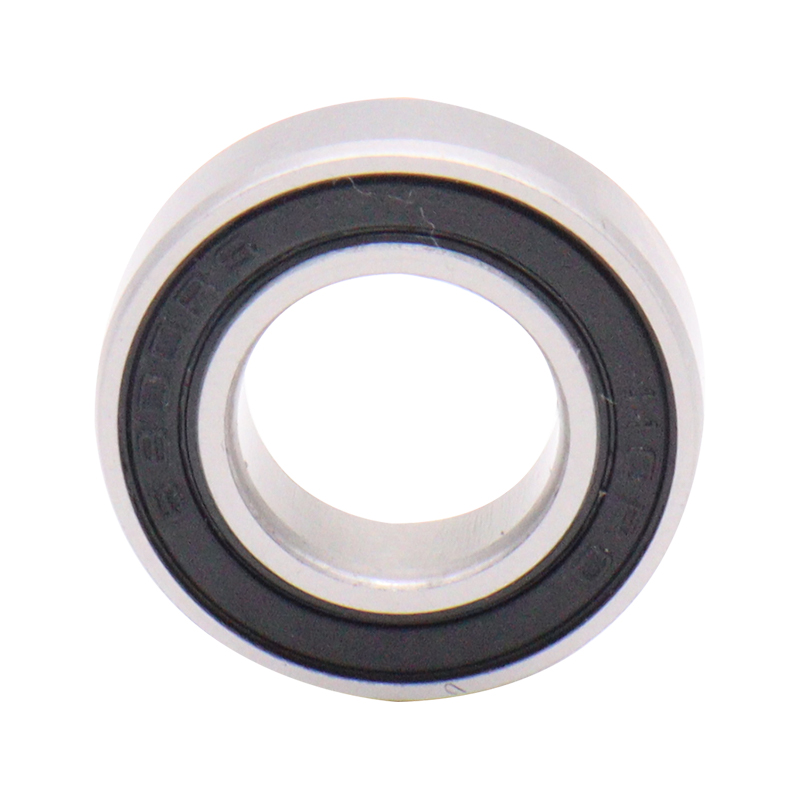
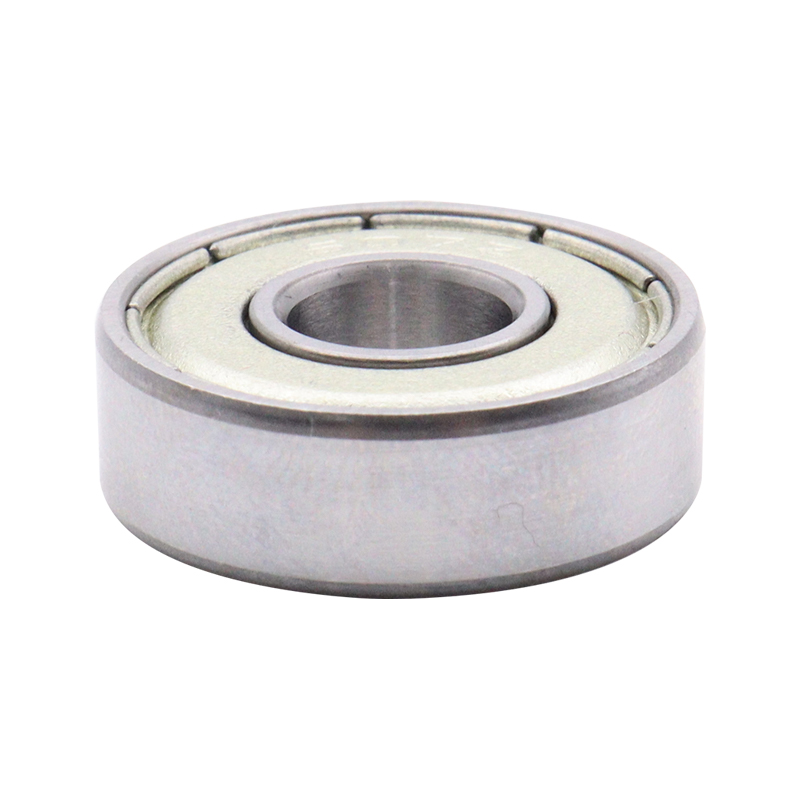
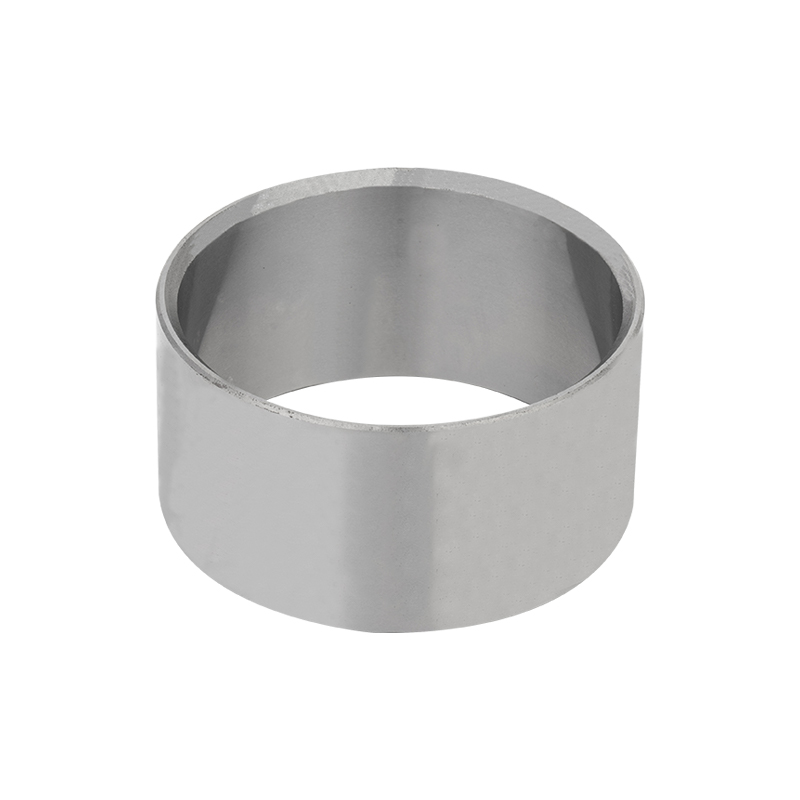


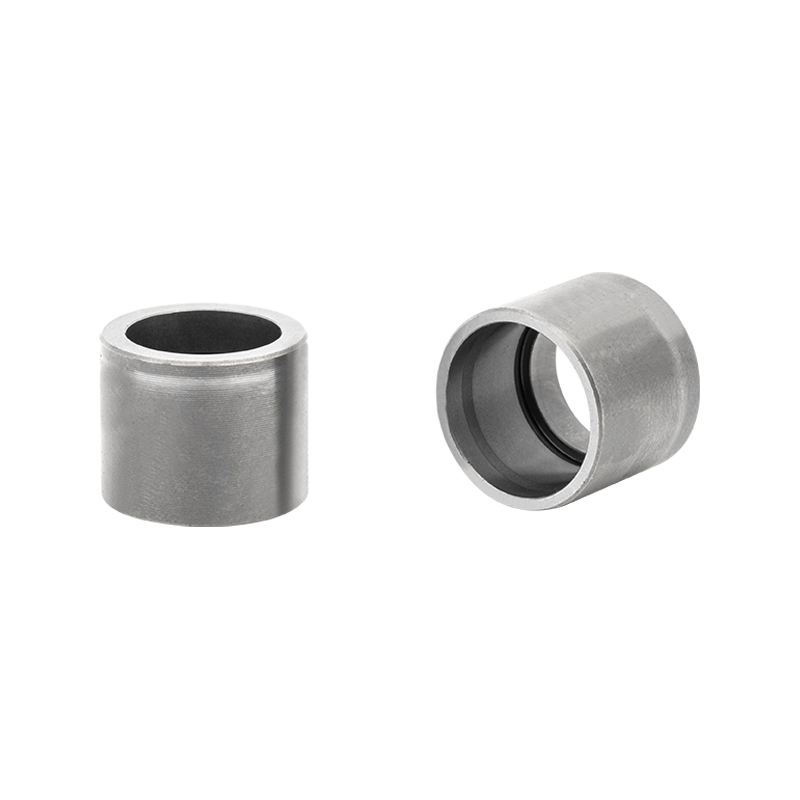


 Download Catalog
Download Catalog
